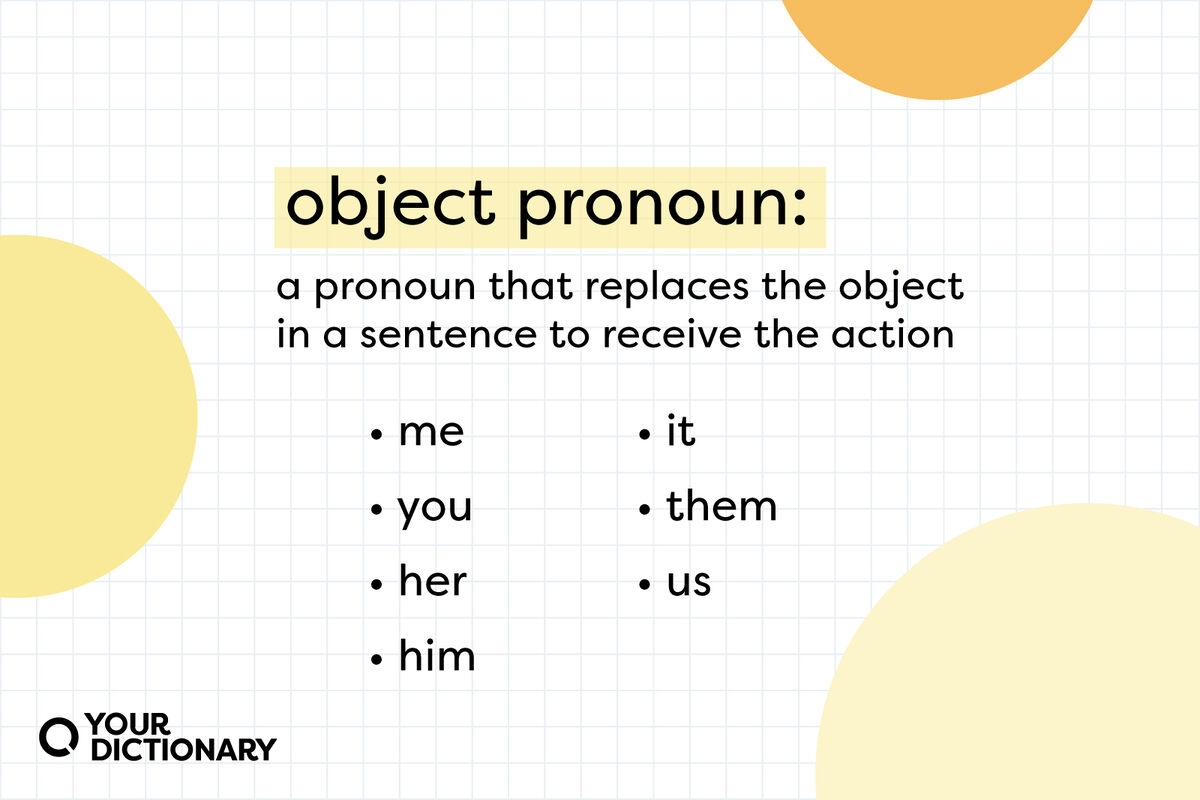When it comes to grammar, pronouns play a crucial role in simplifying language and avoiding repetition. Pronouns are words that are used in place of nouns to make sentences clearer and more concise. They can refer to people, places, things, or ideas without having to repeat the noun each time.
There are several different types of pronouns, including personal pronouns (I, you, he, she, it, we, they), possessive pronouns (mine, yours, his, hers, ours, theirs), demonstrative pronouns (this, that, these, those), and more. Pronouns help to make writing and speaking more efficient and fluid, allowing for better communication.
Personal pronouns are used to replace nouns that refer to specific people or things. For example, instead of saying “John went to the store,” you could say “He went to the store.” This makes the sentence shorter and easier to understand. Possessive pronouns show ownership, such as “That book is mine.” Demonstrative pronouns indicate specific objects or people, like “This is my car.”
Using pronouns correctly is essential for clarity and coherence in writing. It is important to ensure that the pronoun matches the noun it is replacing in terms of number, gender, and person. For example, if the noun is singular, the pronoun should also be singular. If the noun is feminine, the pronoun should reflect that gender as well.
Overall, pronouns are a vital part of language that help to streamline communication and make sentences more dynamic. By understanding the various types of pronouns and how to use them effectively, writers and speakers can enhance the quality of their language and convey their messages more clearly.
Closing Thoughts
In conclusion, pronouns are an essential element of grammar that serve to simplify language and improve communication. By mastering the use of pronouns, writers can make their writing more concise and engaging, while speakers can make their speech more fluid and clear. Understanding the different types of pronouns and how to use them correctly is key to effective communication in any language.
